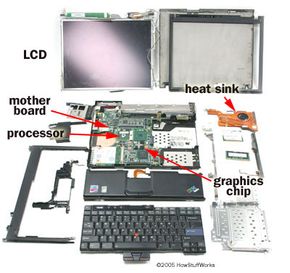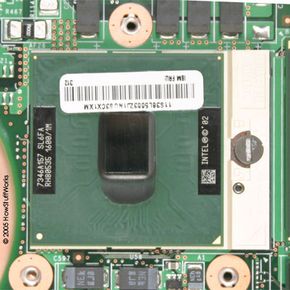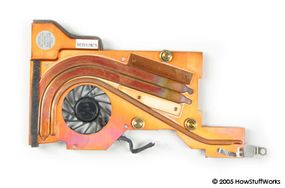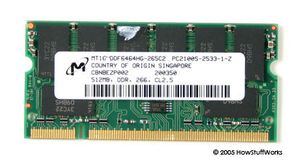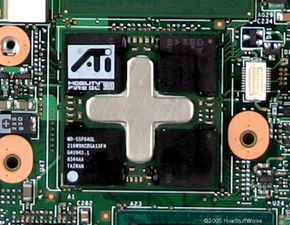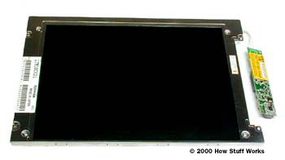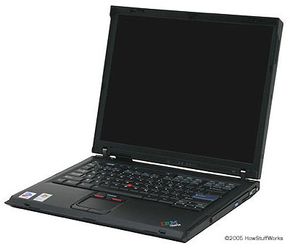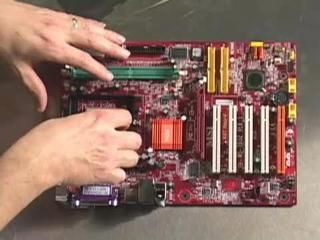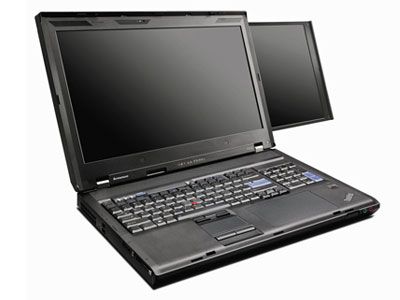In a way, the skyrocketing popularity of laptop computers is ironic. They're completely portable, and they use less power and make less noise than desktop models. But, they're often a little slower and have less graphics and sound processing power, although these differences can be too small for most users to notice.
Laptops are also more expensive than desktops. The price gap is closing, though -- laptop prices are falling faster than desktop prices, and laptop PCs actually outsold desktop models for the first time in May of 2005 [Source: Windows IT Pro].
Advertisement
How can all the equipment found in a desktop tower fit into such a small package? And how can laptops be efficient enough to run on battery power alone? In this article, you'll discover the answers to these and other questions about laptops.
Overall, laptop and desktop computers are very similar. They have the same basic hardware, software and operating systems. The primary difference is how their components fit together.
A desktop computer includes a motherboard, video card, hard drive and other components in a large case. The monitor, keyboard, and other peripherals connect wirelessly or with cables. Whether the case sits vertically or horizontally, it has lots of space for add-in cards, cables and air circulation.
A laptop, however, is much smaller and lighter than even the most compact PC tower. Its screen is an integrated part of the unit, as is its keyboard. Instead of a spacious case with lots of room for air circulation, a laptop uses a small, flat design in which all the pieces fit together snugly.
Because of this fundamental design difference and because of a laptop's inherent portability, components have to:
- Fit into a compact space
- Conserve power
- Produce less heat than desktop components
Often, these differences make the components more expensive, which can contribute to higher laptop prices. In the following sections, we'll examine how laptops handle these differences.
Advertisement
